We hitched up the trailer last week and hauled the horses, Cobalt and Maverick, to their lower-elevation winter boarding pasture, where the weather is milder. We timed their move just right, before the big storm dumped nearly a foot of snow around our place and nighttime temps dropped to the single digits.
Once there, a farrier pulled their shoes, trimmed their hooves, and left them shoe-less for winter. It’s something we do during the snowy months while they spend winter in a pasture, rather than risk having their metal shoes slip on ice and snow.
We also wrapped the exterior of the 14 chickens’ wire-enclosed run with sheets of plastic, to protect them from blowing snow, and double-checked the heating lamp in the coop to make sure they won’t freeze.
Winter preparation and the arrival of snow, as much as holiday decorations and the season of Advent, make me celebrate December. I caught the locals’ fever of hoping for snow and obsessively refreshing the weather app to check the forecast, more fully appreciating how everything environmentally and economically hinges on good powder days. The early promising snow in October was just a tease, followed by a painfully dry November.
The ski resort delayed its November opening to December 4. That weekend, while others rode a ski lift over brown grassy slopes to ski down a narrow strip of mostly machine-made snow, we wore T-shirts and rode the horses on trails. Then—finally, thankfully—everything changed, transforming the landscape from dull brown to sparkling white.
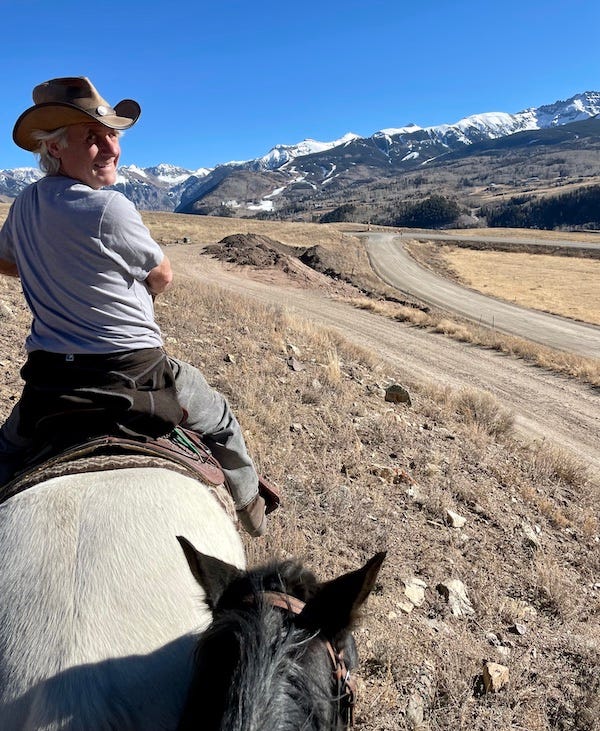
With snow falling, Morgan devoted many hours to getting the temperamental Bobcat skid-steer, which we bought used, running again. Working in the freezing air, he dismantled the diesel engine, diagnosed the problem (a faulty pump), ordered a new part to be delivered overnight, and managed to get the beastly engine roaring so he could clear the driveway.
Watching Morgan tinker with the skid-steer, and catching a whiff of his diesel-soaked gloves, I couldn’t help marvel at the contrast with how he worked when we were in our 30s, when he would dress in a suit to make presentations in courtrooms.
I, too, have changed and adapted. My whole life, until three years ago, I spent winters in California, where only the earlier sunsets, muddy trails and greening of grass marked a change in season.
When we moved here permanently, I didn’t know if I could handle living at 9000 feet during winter. But now, it’s not a big deal to bundle up and scrape a layer of powder and ice off the cars. (To save money, we didn’t build a garage, figuring we could deal with cold, snowy vehicles.)
The hardest thing to manage and adapt to winter, if I’m honest (because I don’t like admitting this), is my running. I eased up on training from mid-autumn through Thanksgiving, to give myself a break after the last ultra of the season. Now it’s mid-December, at I’m ready to get back to training for spring races. At least, I’m ready in theory. I have races on my calendar starting in February, and I want to be in shape for them.
But getting out the door and getting it done in these cold, windy and icy conditions is undeniably challenging. With trails inaccessible, route options are limited to less interesting plowed roads, the bike path or the gym treadmill.
I almost turned around and went back inside at the start of my run yesterday morning, because of the biting wind and ominous storm clouds, but I gutted out 5 miles on the hard-packed snow and, predictably, felt much better after the first mile.
I’ve discovered that certain things help me get out the door for a run in winter conditions:
Plan to run late in the morning, when it’s warmer, but before lunch (I find if I wait until after lunch to run, chances decrease dramatically I’ll fit it into the day). This means waking up earlier to get work done before leaving the house around 10 to run.
Get traction for shoes. I like the new Kahtoola EXOspikes because they’re effective to prevent slipping on ice, but they’re minimal enough you can run on melted-out patches of dirt or pavement without taking them off (which is not the case with Kahtoola’s chunkier MICROspikes). I know some runners like the Yaktrax Run model but I haven’t tried them.
Fill a soft-flask bottle with hot, rather than cold, water so it won’t freeze during the run and so it feels pleasantly warm to drink. Use soft-flask bottles, rather than a reservoir, with a hydration pack, because water in the tube of a reservoir can freeze during the run.
When the wind blows fiercely, wear ski goggles instead of sunglasses to keep your face warmer.
Wear the right combo of layers to stay warm and block wind but not overheat. This takes trial and error. Generally, I wear a long-sleeve wool top and a lightweight jacket that will fit into my hydration pack if I get too hot. Always carry gloves, a buff for face and neck warmth, and a warm hat; they’re easy to take on and off to adjust body temp.
To celebrate winter and the onset of longer days, we’ll host a second-annual winter solstice bonfire party on December 21. With the help of a couple of hired guys who are better than we at working with chainsaws, we felled a lot of dead aspens and created a large pile.
We instructed neighbors and friends whom we invited, “Bring a symbolic object to toss into the fire (as long as it’s not plastic or toxic). This offering to the fire can be something you want to release, commemorate or celebrate.”
I’ve been pondering what to throw in the fire for this symbolic release. I’ll let you know in the next post what I sacrifice.
What symbolic object would you toss into the fire to release, commemorate or celebrate?
And what winter running tips do you have? Feel free to share in the comments below.
Related posts:
Last week, I hosted a Zoom meetup for paid subscribers, during which we discussed sports nutrition and mid-run fueling for long runs and races. If you’d like to be a part of these monthly meetups and receive bonus content, please become a paid subscriber.

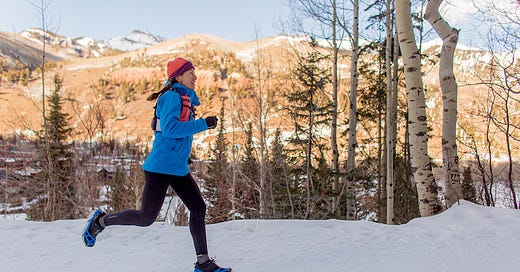

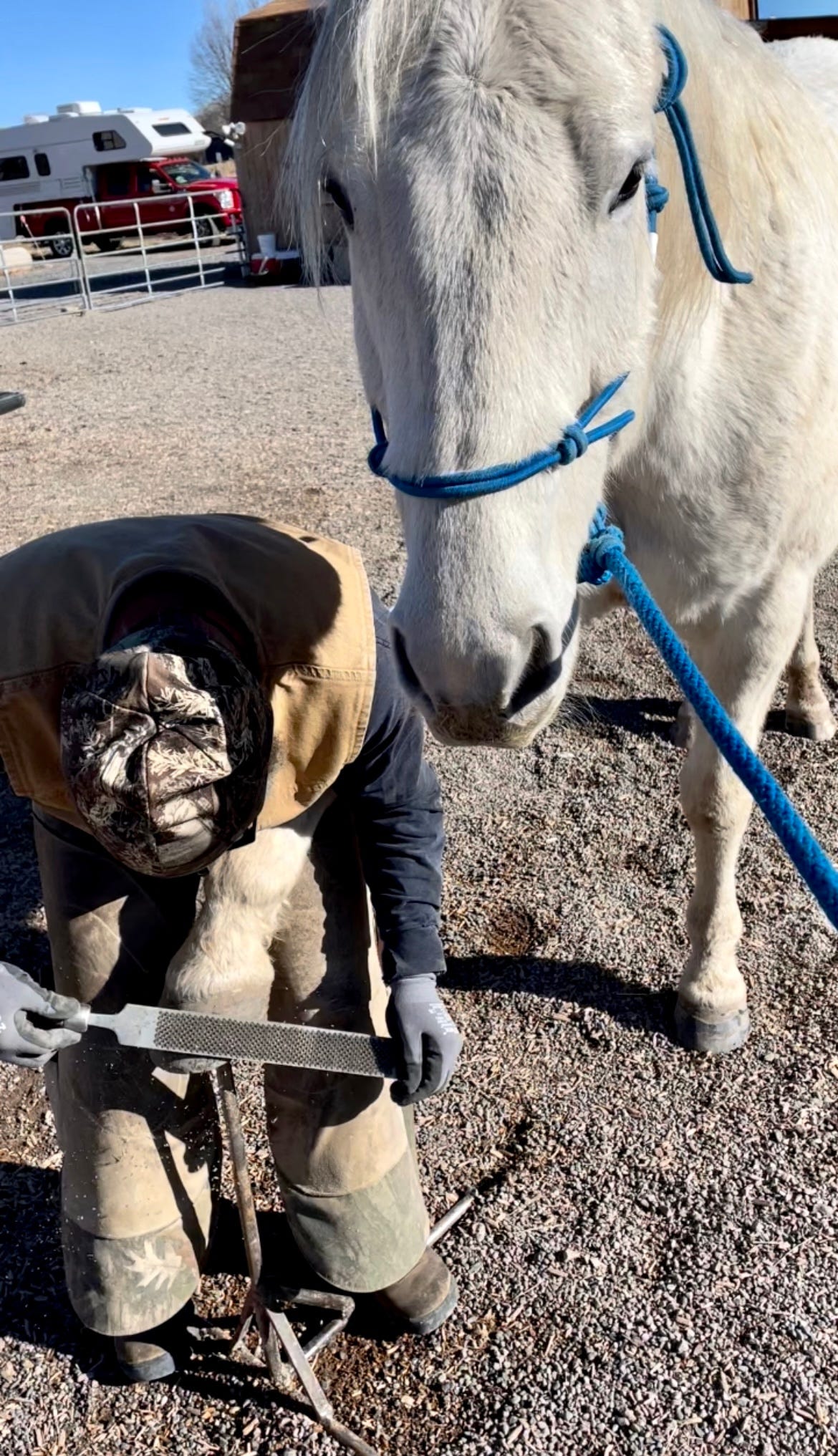
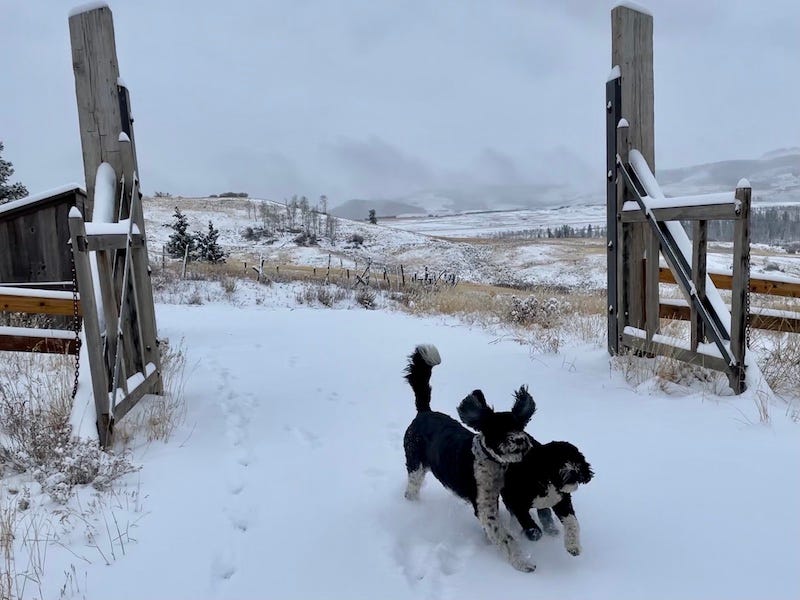
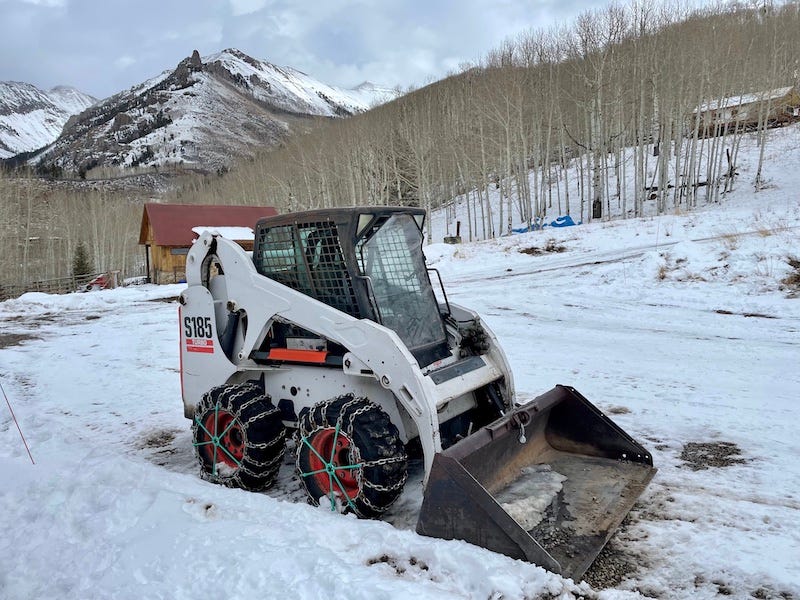

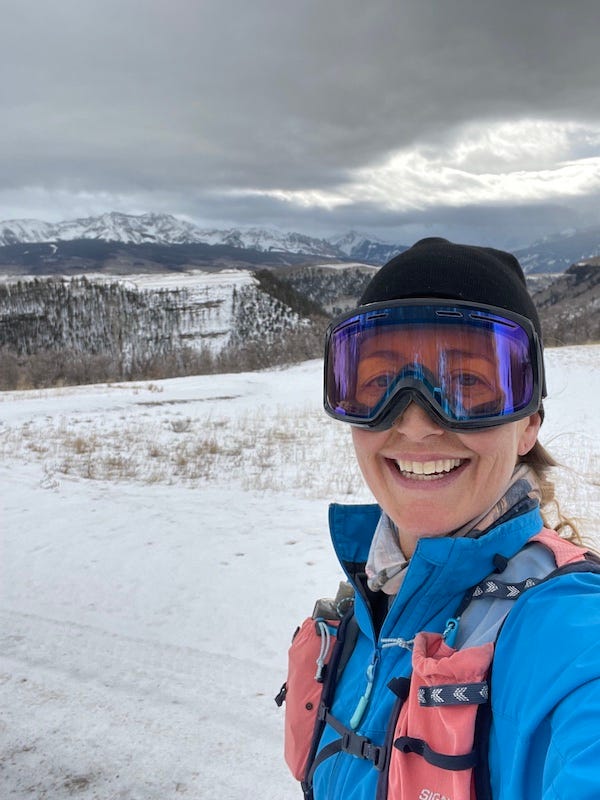
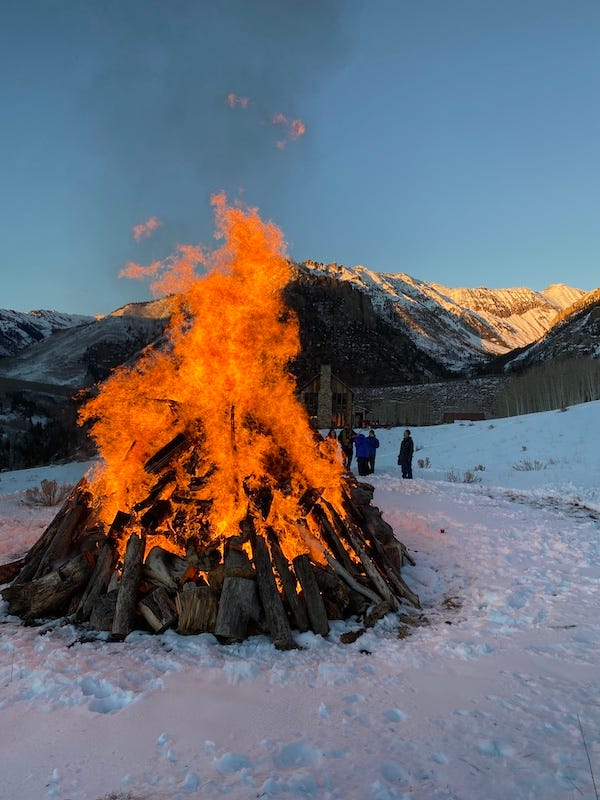
I, too, moved from SoCal few months ago, and I am familiar with the winters you describe... nothing like here for sure! In fear of not being able to run in the cold winter, I purchased a manual treadmill (Assault Runner) for my basement storage room ("Dave's Pain Cave") with a TV to run Zwift app. It's worked out quite well. My wife uses it often for her walks and she absolutely loves it while watching her TV shows. Manual treadmills are great because I can control the speed with my effort, so I can even do progressions, fartleks, intervals without touching any buttons. Zwift is entertaining in that I can "see" the interesting places I'm running in the virtual world to keep my mind off of physically not moving forward. However, in preparation for Sawmill 50K this past weekend, I did explore my apparel options to be able to run in single digits. While doing that, I did figure out how to run in the cold, and was quite enjoyable. Even with yesterday's snow, I got out to a local park, and ran in 20F while snow was falling.